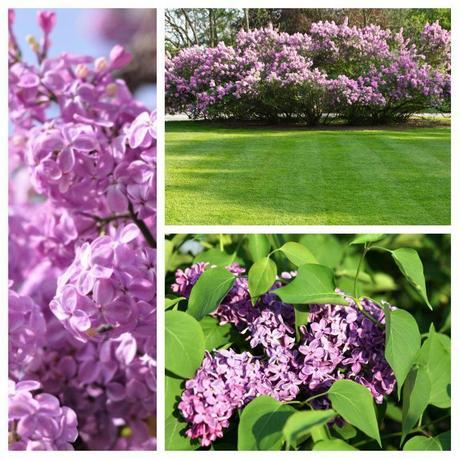As Minnesotans, we are obsessed with talking about weather. The reason is simple: because we never know what to expect! Case in point: in 2013, we saw more than 4" of snowfall during April, with an additional 8-9" falling in the Twin Cities Metro during the first week of May. Thankfully, after a particularly long, cold, snowy winter, Spring 2014 appears to be rounding the corner in a timely fashion.

While watching the steady progress of snow melting and grass reemerging is a tonic for the soul, seeing what got buried in all the inches of accumulation is far from ascetically appealing. Once the snow is gone, all the dirt and sand, dog poo, waylaid gloves, and miscellaneous items of clothing are scattered about -- in the street, on sidewalks, as well as in your yard. Fortunately, getting the lawn and yard ready for a productive growing season is easy to do.
The last thing you did before the snow fell is the first job you'll undertake now that it's melting. That's right, raking! Though tedious, raking any remaining snow will help it melt faster; gathering up old, rotting leaves (which can negatively affect the soil composition), and removing dead grass and thatch (that underlying mat of tangled, intertwined organic material which can prevent air, nutrients, and water from getting through) will help ensure healthy growing conditions. Leaves and organic material can be added to compost; check with your municipality to learn where to dispose of larger yard waste, like branches.
Raking will also allow you to survey your yard, looking especially for holes, dead spots, or areas of compaction -- the path traveled daily by the mail carrier, for example. Depending on your lawncare goals, early spring is the perfect time for checking and adjusting soil pH, overseeding and applying eco-friendly fertilizer. And, even though you won't need it for a few more weeks, don't forget to tune up the lawn mower!
Spring is also the time for pruning, dividing and cutting back. For trees and shrubs, the experts at This Old House recommend pruning back dead and damaged branches. Cut back to a live stem or an intersecting branch using tools suited for the job -- a handsaw for larger branches, and hand pruners for hedges and shrubs. Summer-flowering bushes should be pruned well in advance of bud formation; when pruning spring-blooming shrubs, like lilacs, wait until after they've flowered. 
Planning an edible garden this summer? Early spring may still be too early to start digging the soil for this purpose. University of Minnesota Extension recommends the following guidelines for determining when the ground is ready:
Soils should not be prepared for planting when too wet or too dry. If soil sticks to your shoes or shovel, it is too wet. Press a small amount of soil in your hand. When the moisture is right, the soil crumbles and breaks into small clumps. If it is too wet, it stays molded in a ball.
Regardless of your plans for lawn and garden in the upcoming seasons, the shift from winter to spring brings the welcome opportunity to be outside, working in yard, and getting reacquainted with friends and neighbors. Enjoy the mild climate before the dog days of summer leave us wondering what's so bad about winter, anyway?
Ang Anderson, MSP Enthusiast and Blogger -- EMAIL

